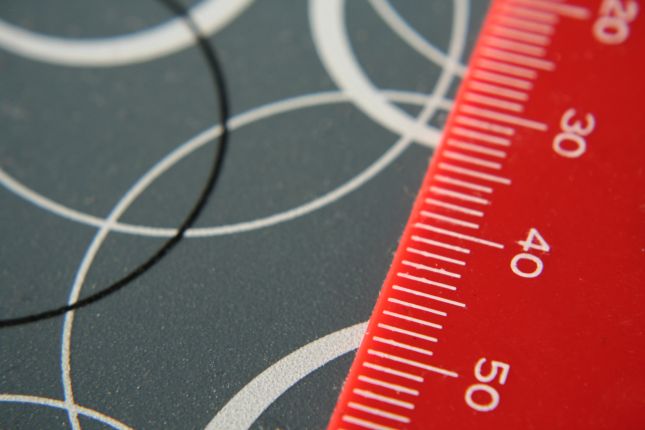- Legal Metrology >
- What is Legal Metrology?
What does NSAI Legal Metrology do?
NSAI Legal Metrology upholds and enforces accuracy and transparency in trade measures by certifying and inspecting measuring instruments used by traders and by inspecting pre-packaged goods to ensure correct quantity. Its main purpose is
- Inspection of measuring instruments in trade use.
- Market surveillance of the distribution of measuring instruments.
- Inspection of making-up and distribution of packaged goods.
- Verification of measuring instruments on first use or after repair.
- Providing a service for EU Verification.
- The provision of a system of National type approval.
The primary purpose of NSAI Legal Metrology is set within the legislative remit of the Metrology Acts 1980 to 1998 which is to establish controls and monitor measurements made in daily trade use. The Metrology Acts provide significant protections for consumers and help to ensure fair trading conditions for businesses.
Our approach to enforcement is to promote voluntary compliance where possible. Should this approach be unsuccessful, we take further action. This may ultimately include prosecution to ensure that the protections and aims of the Metrology Act, 1996 and the Packaged Goods (Quantity Control) Act, 1980 are met.
Why is this Important?
Confidence in measuring accuracy is the basis for a successful economy. A successful and thriving economy cannot run without metrology, as it enables fair and accurate trade. Legislation on measuring instruments used for trade and the quantities contained in packaged goods are important elements of Ireland’s fair trading and consumer protection framework, giving consumers and businesses confidence in the market for goods sold on the basis of quantity where they cannot check measurements for themselves.
Measuring instruments and measuring processes are used in many sales transactions. However, the value of goods and services traded can vary widely, depending upon unit costs, volume of trade, etc. This in turn means that inaccurate measurements have different impacts across different trading environments. Our current risk based enforcement strategy focuses on those areas which are potentially the most detrimental to consumers and society.
Learn More
- Fuel pumps for petrol and diesel
- Retail weighing instruments
- Home heating oil meters on delivery tankers
- Weighbridges for vehicles and animals
- Industrial bench, platform and overhead track scales
- Beltweighers
- Automatic checkweighers
- Truck mounted refuse weighers
- Milk meters on collection tankers
- Taximeters
- Intoxicating liquor dispensers
- Capacity serving measures
Where breaches of the Acts are committed, the following sanctions are available:
- Warning notices in the form of written instructions to comply by a certain date
- The taking out of use of measuring instruments
- The seizure of pre-packed goods or measuring instruments
- Prosecution which may result in fines of up to €22,000, or up to 2 years imprisonment, or both.
Metrology – the science of measurement – has existed in one form or another almost since the dawn of human history.
It originated at local level, using rudimentary standards such as the span of the hand or the length of the arm. By the start of the thirteenth century, the idea of regulating weights and measures by law had begun to take root.
Timeline
1215 - The Magna Carta proclaimed: ‘There shall be but one measure throughout the Realm…'.
1351 - Weights and measures began to be compared against set standards.
1433 - Goods began to be stamped with the correct weights and measures.
1878 - Various laws were consolidated in the Weights and Measures Act.
1897 - The use of the metric system was legalized for trade use.
1904 – A law was passed requiring type approval of weights and measures and weighing and measuring instruments.
1922 - The Weights and Measure Service came under the control of the newly founded Irish Free State.
1928 - General regulations were introduced in Ireland laying down the tolerable errors allowed for different types of measuring instruments.
Pre-1980 - For decades, the role of enforcing weights and measures regulations was the responsibility of two local authorities, Dublin and Dun Laoghaire, and in the rest of the state, the Gardaí, who employed a special grade of Garda sergeant called ‘an ex-officio inspector of weights and measures’.
1980 - The Packaged Goods (Quantity Control) Act, 1980, was adopted. At this point, a new force of inspectors dealing specifically with the contents of pre-packaged goods began to work directly out of the Department of Industry and Commerce.
1996 - The Legal Metrology was established in law under the Metrology Act, 1996, following a review that began in the early 1990s.
1998 – The Legal Metrology Service was incorporated into the National Standards Authority of Ireland.
